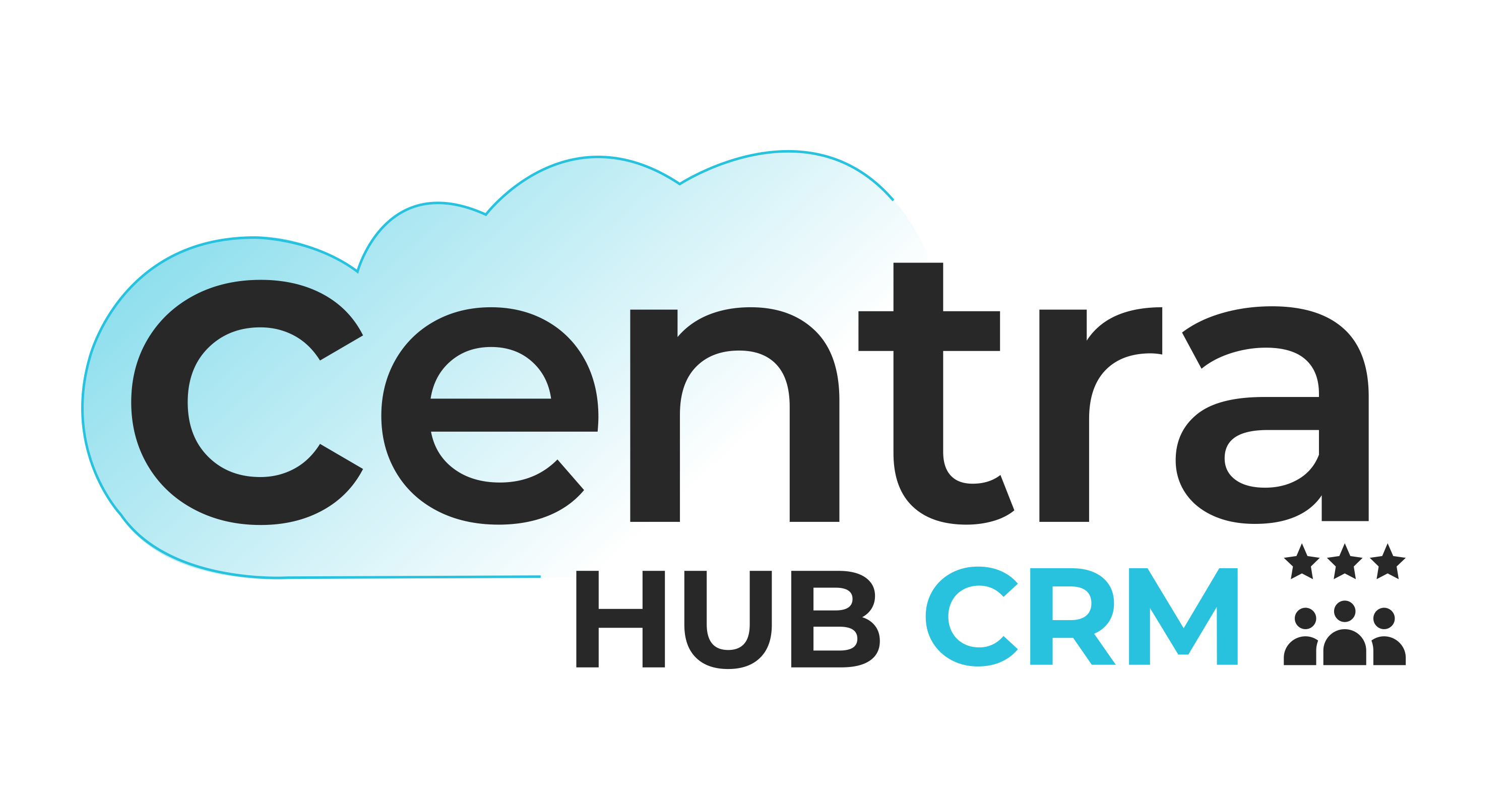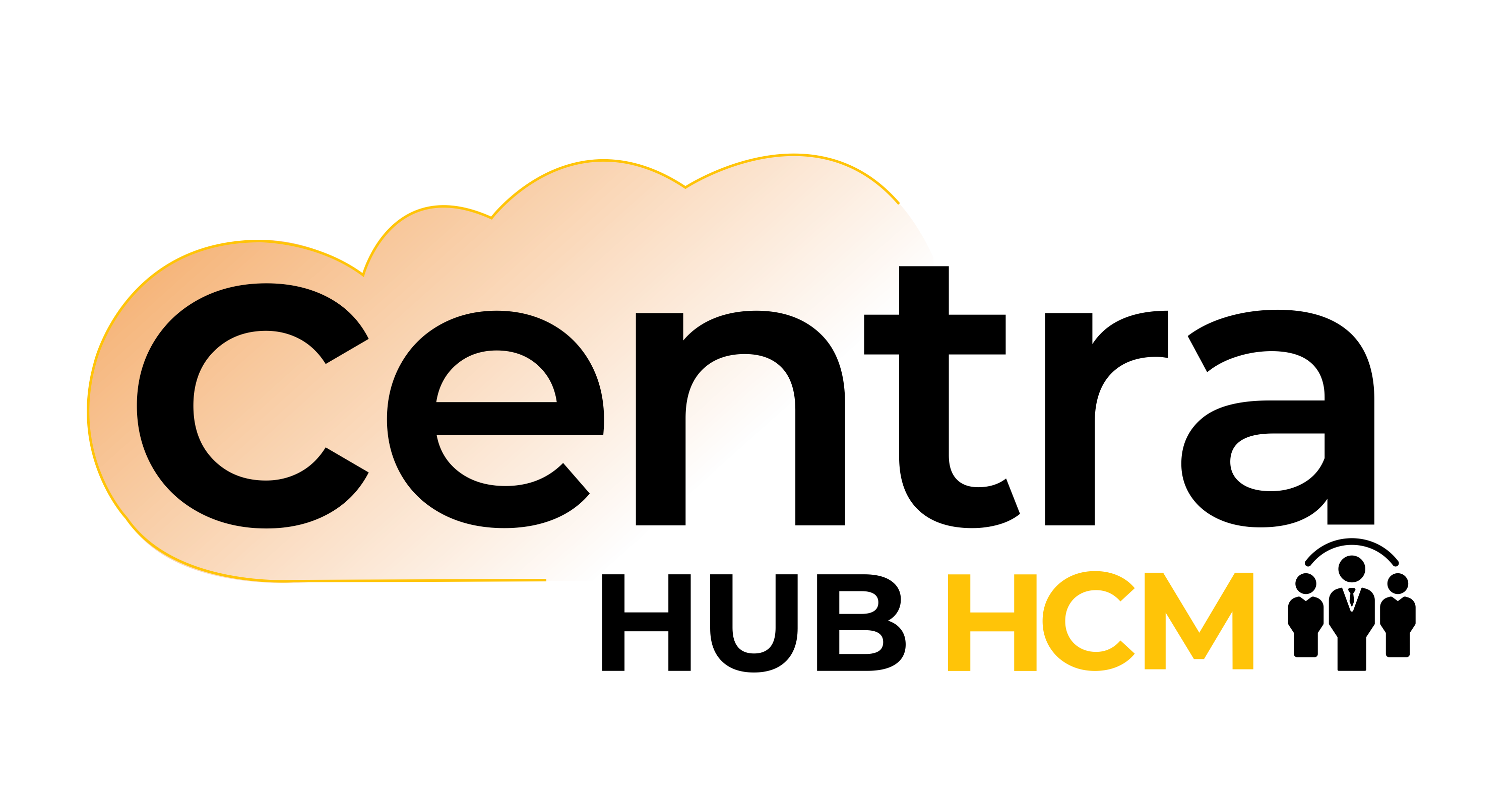Benefits of ERP Software Implementation Using Agile Methodology
The adoption of Agile development in ERP yields numerous benefits for businesses, including:
Flexibility
Agile ERP development allows companies to adapt quickly to changing market conditions, technology advancements, and evolving customer needs. This flexibility ensures the ERP system remains relevant and aligned with business goals.
Faster ROI
Agile ERP emphasizes delivering functional increments in short sprints, typically lasting two to four weeks. This approach enables organizations to achieve faster time-to-value, as working modules are offered regularly throughout implementation. Early value delivery allows businesses to realize benefits sooner and validate the system's capabilities early in the project.
Incremental approach to complex projects
ERP implementations can be complex and challenging, involving multiple stakeholders and business functions. Agile methodology breaks down the project into smaller, manageable sprints, making addressing specific functionalities in each iteration easier. The incremental approach reduces the risk of overwhelming the team with a large-scale implementation and ensures a more focused and controlled execution.
Stakeholder engagement and collaboration
Agile ERP development encourages active stakeholder engagement and collaboration throughout the implementation. Frequent feedback loops and regular demonstrations of the system's functionalities enable stakeholders to provide continuous input and validation. This collaboration ensures that the ERP system meets the actual needs of end-users and aligns with the organization's strategic vision.
Transparency and visibility
Agile ERP projects provide greater transparency and visibility into the implementation progress. Regular status updates, sprint reviews, and retrospectives foster open communication between the project team and stakeholders. This transparency helps identify and address potential issues or roadblocks early in the implementation process.
Improved risk management
By delivering working modules at the end of each sprint, businesses can assess the ERP system's functionality and identify potential risks early in development. This risk-mitigation approach minimizes the likelihood of project failure.

How to Adapt Agile ERP System?
Lay the foundation: Define objectives and team structure
Before embarking on an agile ERP journey, organizations must establish clear objectives for the implementation project. Understanding the desired outcomes, business needs, and project scope is essential to align agile methodologies with specific business goals. Building a cross-functional agile ERP team with representatives from relevant departments, including IT, finance, human resources, and operations, ensures diverse expertise and promotes collaboration.
Setting up the program
Setting up the program entails adopting agile methodologies in implementing an ERP system. This involves defining clear project objectives, forming cross-functional teams, selecting an appropriate framework, and breaking the project into iterative sprints. Emphasizing user involvement and feedback, facilitating continuous integration and testing, and promoting collaboration among stakeholders are key aspects. This approach enhances flexibility, responsiveness, and adaptability, driving successful ERP implementation and delivering value to the organization.
Divide the project into iterative sprints
Agile ERP implementation breaks the project into smaller, manageable iterations known as sprints. This phase involves executing the plan, configuring the solution, and addressing technical challenges. Key activities include data migration, user training, and testing to ensure the solution meets requirements. The successful implementation ensures that the solution's functionality aligns with the organization's needs and yields the desired outcomes, setting the stage for efficient and effective operations.
Deploying the agile ERP solution
It involves the efficient rollout and integration of an agile ERP system into the organization's operations. This phase includes configuring the ERP solution, conducting data migration, and training users on agile practices. The deployment emphasizes iterative delivery, user involvement, and continuous improvement, ensuring seamless adaptability to evolving business needs. The agile ERP deployment empowers organizations to enhance efficiency, responsiveness, and collaboration, laying the foundation for a dynamic and value-driven implementation.
Embracing the Agile ERP Revolution
Agile development in ERP software is revolutionizing the way businesses approach enterprise solutions. By adopting an iterative and incremental approach, leveraging cloud ERP software, and embracing agile project management, organizations can experience faster implementation timelines, enhanced collaboration, and greater flexibility.
Intrigued by the agile ERP software revolution? Fill in the form to get more captivating insights for our best software consultants.







